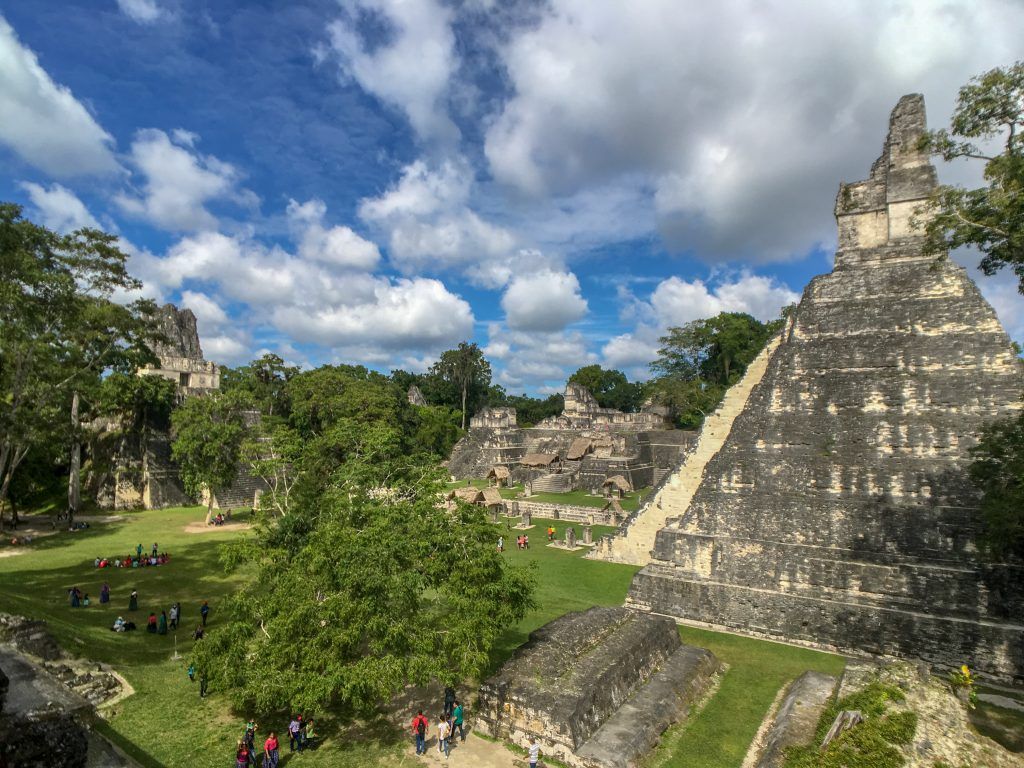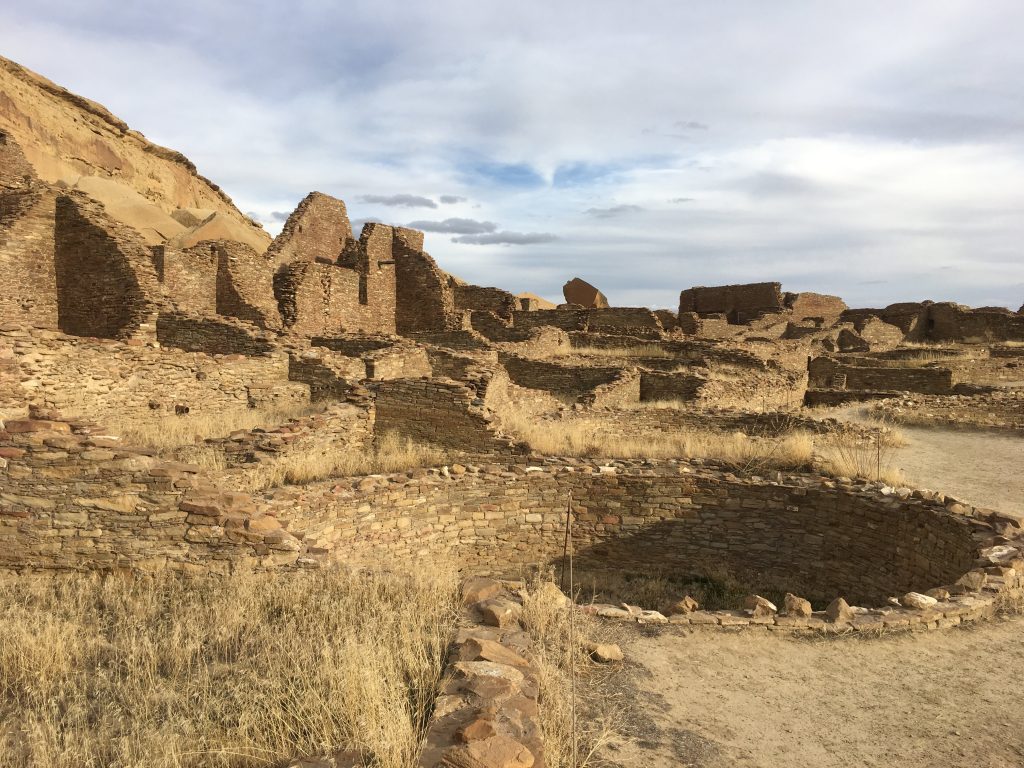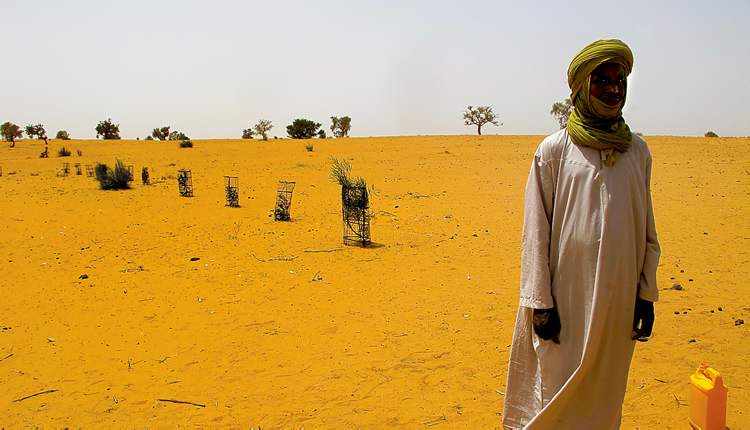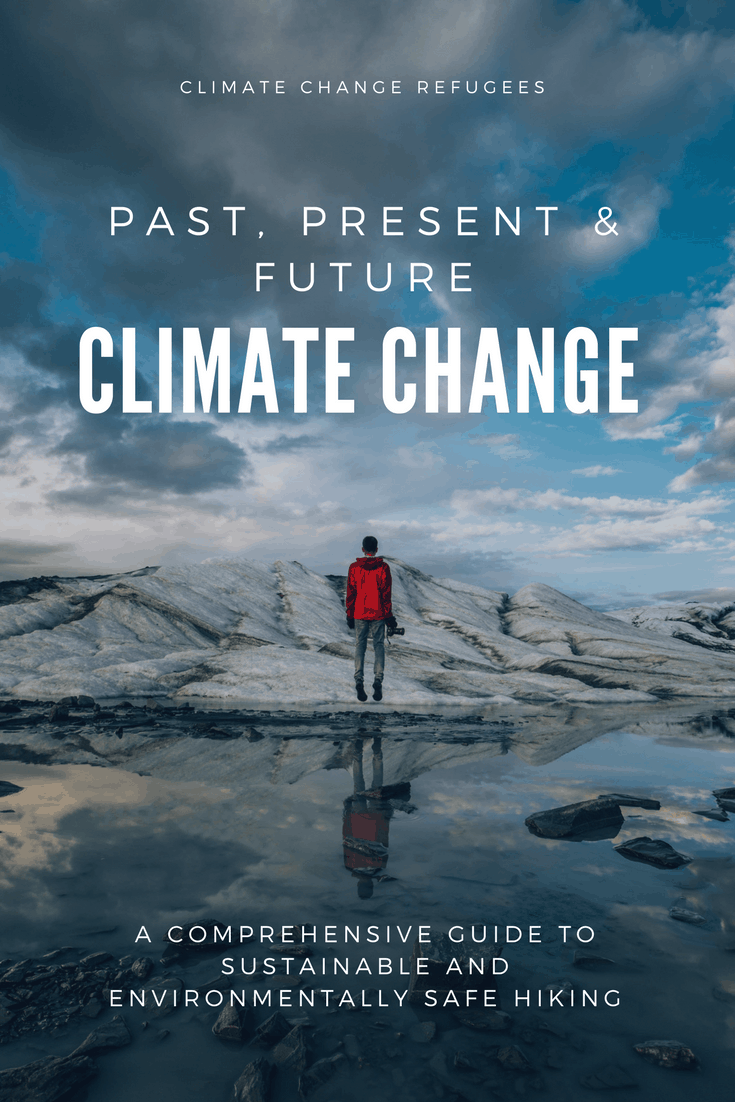Climate change is not a new theory. For thousands of years civilizations have been affected by the ever-changing climate that we as humans have had a role in shifting. Looking back through the history of the world there are countless communities and civilizations that have disappeared, moved or been displaced with little or no explanation. If we look at the details, really look, we will find many similarities and evidence that overpopulation, changes in climate and misuse of resources lead to the demise of most if not all of these populations.
It is with this truth, this history that we should be changing our habits, conserving our resources and buckling down on our child-rearing. With record heat and cold, cataclysmic flooding in cities around the world, terrible decade-long droughts wiping out food sources, and deforestation leading to the spread of new and ever-changing diseases, the world is passing the point of no return for much of the human population.
Let us look back at history and remember the civilizations that once lived, let us look at today’s world and see the places changing before our eyes and let us look to the future of those populations in desperate danger of being forever changed. Overpopulation, deforestation, drought, and food and water shortages are the stories of climate change on a global scale.
Disclosure: this post may include affiliate links to products I’ve carefully selected and use myself. If you decide to click and make a purchase, you can help me earn a small commission at zero cost to you. Thanks for your support, and let’s look at stories of climate change and its far-reaching effects from the past, present, and future.
Past
Tikal
Tikal is one of the largest Mayan civilizations that existed in Guatemala and was inhabited from around 600 BC to A.D 900. At its peak between A.D 600-900 more than 100,000 people were thought to have lived in an area covering more than 50 square miles.
It is theorized that as the city of Tikal grew more and more trees were felled to expand the massive plazas, add buildings and create new living areas. With fewer trees and more people, rainfall was reduced over the years. The small changes in yearly rainfall eventually had a huge impact on the ever-growing population. With fewer trees drought increased, hunting became more difficult and water reserves became insufficient for the large population. Infighting grew and eventually, the people that survived were forced to leave. Today Tikal looks like a jungle Eden. Protected by the government of Guatemala as one of the largest ecological parks in the country, it is a truly magnificent place. More than 1,000 years of regrowth have brought back the jungle that was once demolished. Pyramids that once stood meters high are now under several feet of dirt and trees. The forest is now filled again with jaguars, monkeys and ocelots and the thoughts of climate change and deforestation have been long forgotten.

Chaco Canyon
Chaco Canyon is located far from civilization in North Western New Mexico. It was a stronghold & migration route for the Pueblo & Hopi Native Americans from AD 900- 1150. During the time the Pueblos were first built this area was abundant in deer, elk and trees, with steady rainfall and resources for building. In 1140 the Chacoan system began unravelling due to intense climate instability due to a 50-year drought that struck the region in 1130. The Chacoans had failed to develop a good water management plan, and soon were searching for water and timber from upwards of 50 miles away. With no water storage and less rain, the Chocoans were forced to travel farther and farther from home. Archeologists found trees in the buildings that had been carried from faraway mountains. With no end to the drought in sight, the Chacoans neatly sealed their buildings and left Chaco Canyon forever.

Remains of Chetro Ketl at Chaco Canyon Photo by Alice Ford
Easter Island
Overpopulation and its effect on resources are even more apparent on Easter Island. Where the human population was almost completely wiped out after their consumption increased beyond the resources available. Located some 2,300 miles East of Chile the residents had little choice in abandoning their once lush island. For nearly 1,300 years Easter Island was home to a population of between 7,000 and 20,000 people. Within the first few hundred years, most of the trees were cut down for firewood, canoes and wooden sleds (used in transporting the Moa). As they cut down vegetation at a rate faster than regrowth they no longer had the resources to make canoes or ropes for fishing. Eventually, this once seafaring population became landlocked. Fishing became more difficult and then impossible as nearshore fish populations were depleted. They eventually wiped out sea birds, land birds, lizards and even snails. With no building materials, people moved underground. As the threat of starvation loomed so did the danger posed by one’s neighbors. They eventually resorted to cannibalism and finally almost complete extinction.
Examples of climate change leading to population demise don’t end there. The Akkadian Empire a once flourishing society in Mesopotamia abruptly collapsed after just 200 years due to a severe drought in 2300 BC. Many of our relatives might even remember stories of the Great American Dust Bowl that changed the lives of thousands of Americans in the early 1900s. There are also the Anasazi, the Harappa, the Hittites, the Ancient Egyptians and even several Viking settlements that collapsed all due in part to climate change.
Future
The Sahel - Africa
This semi-arid region of grasslands stretches across the African continent just south of the Sahara. Home to more than 90 million people and an exploding population the nine countries include Mali, Niger, Burkina Faso, Senegal, Gambia, Chad, Cape Verde, Mauritania and Guinea Bissau. More than 40 percent of the population depends on agriculture for employment and resources. With the population expected to triple in the next 30 years the poorest region of West Africa is most likely going to be in some serious trouble. With overpopulation eminent, deforestation and overgrazing could quickly lead to desertification of grasslands unless something drastic can be done.
In 2007 several of the Sahel countries met and agreed on building a great green wall along the southern border of the Sahara desert. This project would plant trees along the border of the Sahara 10 miles wide and more than 5,000 miles long in an effort to stop the desert from spreading. Today more than 21 countries are signed on and money has rolled in from all over the world to aid in the reforestation project. Most of the trees have been planted in Senegal where it is estimated that 80% of the newly planted trees die in the first year due to lack of water. It is another story in Niger, however.
In Niger, farmers have taken climate change into their own hands by using natural techniques to revive roots and dig water pits near vegetation. They have protected and grown nearly 200 million trees over the last 35 years. This regreening of the land has lead to huge benefits in crop yields. Malawi, Burkino Faso and Senegal have been slow to join in but new efforts are bringing change to the area. With an often corrupt government, it is the people of these countries making the necessary changes to preserve a future generation.

Trees planted in the Sahel Region Photo by Winnipeg Free Press
Miami, Florida
Miami Florida is beloved for its beaches, its glitzy nightclubs and its mixture of Latin and American cultures. Over the last few years, this beach city has had more and more extreme flooding events that have left most of Collins Avenue completely underwater. The city government after being warned for decades of sea-level rise finally passed a $100 million dollar flood prevention plan at the beginning of January 2017. This plan which started construction last year aims to raise streets, install pumps and water mains as well as redo sewer connections along two neighborhoods in the mid beach area.
The king tides in Miami in 2017 already brought huge flood events to the Miami Beach area. Will raising the streets really be enough to save this city? Or is it too little, too late? Miami isn’t the only city threatened by sea-level rise. More than 275 million city dwellers live in areas vulnerable to sea-level rise. The city of Osaka in Japan is projected to lose its business and entertainment district unless global emissions are lowered or flood defences are built. Other cities in grave danger of future rising are Rio, Shanghai, Alexandria in Egypt and most of the state of Florida.

Trees planted in the Sahel Region Photo by Winnipeg Free Press
What Now
The world is at extreme risk from a swath of issues related to climate change and resource depletion, but there is still hope.
China in 2017 announced they will invest in green power while reducing coal-burning power plants. India agreed to sign onto the Paris Climate Accord, a paramount partnership that could help the country bring green electricity to its more than 1 billion people.
Both Paris and Amsterdam have agreed to go car-free by 2020 in an effort to reduce emissions even more. Belgium and the UK are shutting down the last of their coal-fired power plant, marking the first time since the industrial revolution for the UK. Portugal had days last year that were completely run on solar and wind energy. Chile has the largest solar farm in the world and has made commitments to add even more green energy. Even the country of Morocco has made a commitment to switch to solar and wind energy. Unfortunately, though, there are no countries that are doing enough to reverse the changes we have made. We must all as global citizens make significant changes in the way we lead our lives to make a dent in the changes we have brought upon ourselves.





0 Comments